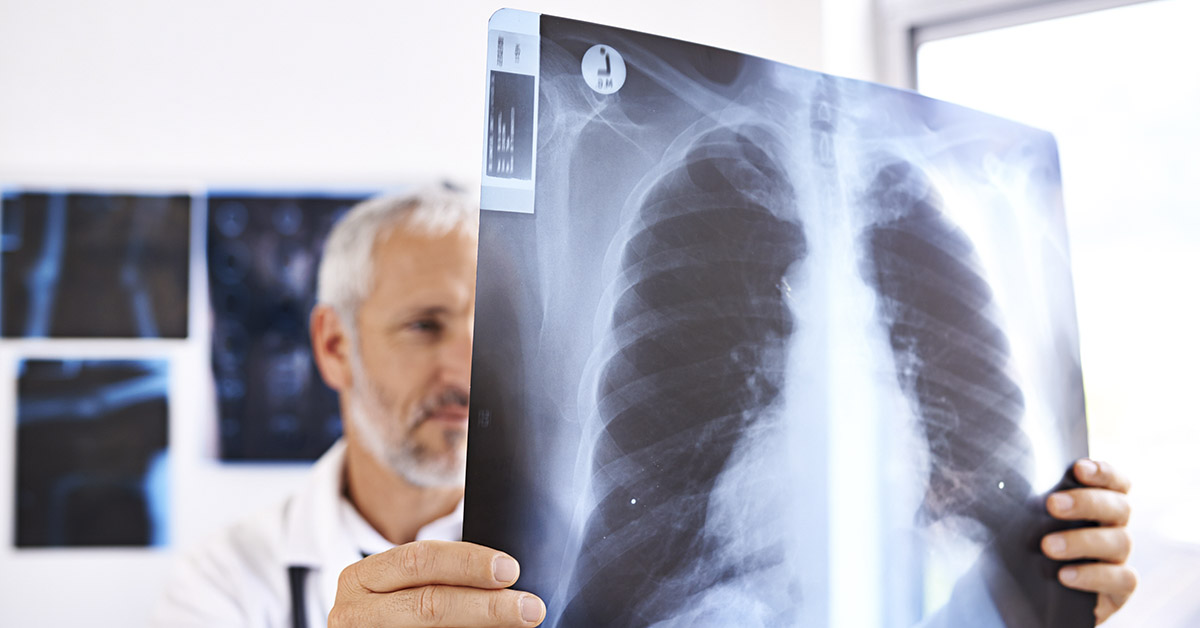We imagine our lungs functioning only to inhale air, providing our red blood cell with oxygen to take to our organs. But our lungs go beyond just helping us breathe. Recent research shows that our lungs also help make blood. This is a huge discovery for scientists and could change the way we treat some diseases in the future.
What Is Blood and Why Is It Important?
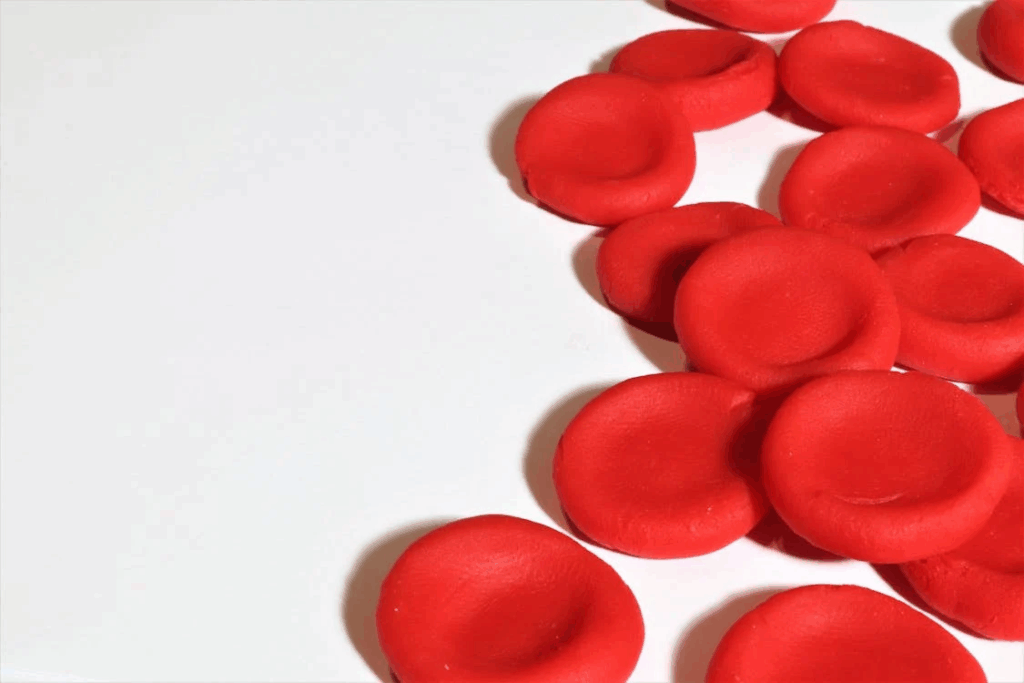
Red blood cells are responsible for carrying oxygen to all the body’s organs. When we breathe in, oxygen enters the lungs and attaches to a special protein in red blood cells called hemoglobin. The red blood cells then travel through the bloodstream, delivering oxygen to all of our organs. But red blood cells do more than just carry oxygen.
Our blood also contains white blood cells that help fight infections and platelets that help stop bleeding by forming clots when we get hurt. Every day, our bodies need to make about 200 billion new red blood cells to keep oxygen flowing in the body. This constant renewal is necessary because red blood cells only live about 120 days before they wear out.
How Blood Is Usually Made
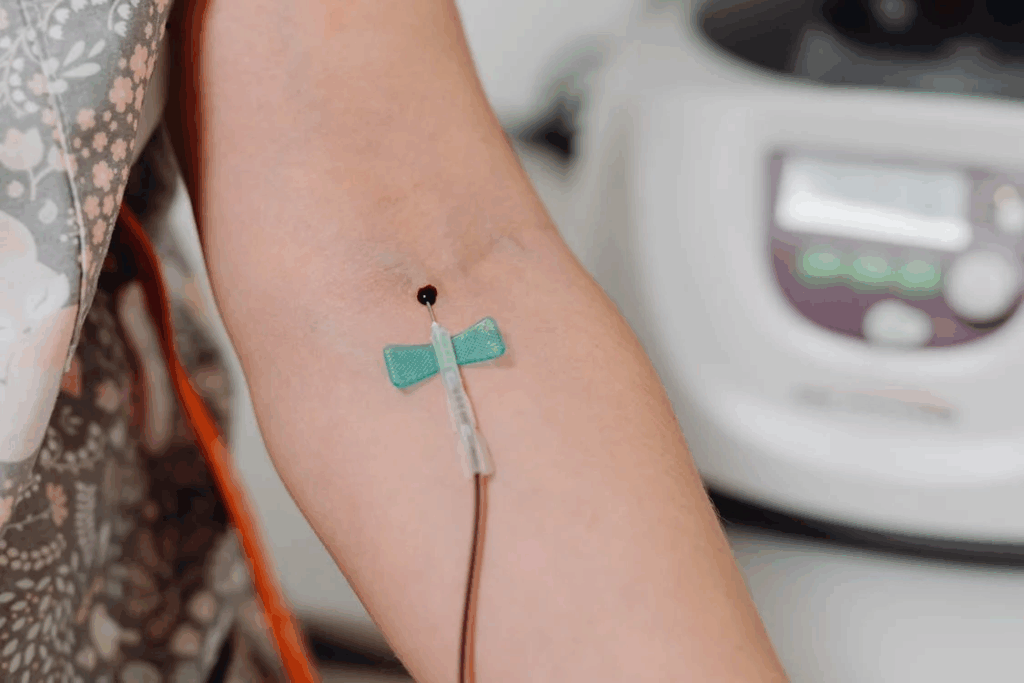
For many years, doctors and scientists thought bone marrow was solely responsible for blood production in the body. Bone marrow is the soft, spongy tissue inside our bones. This is where special cells called hematopoietic stem cells (HSCs) live. These cells are the mechanisms that toil away to make all the different parts of our blood, including red blood cells, white blood cells, and platelets.
Read More: 9 Medical Emergencies in People With Cancer You Should Know
What Are Hematopoietic Stem Cells?
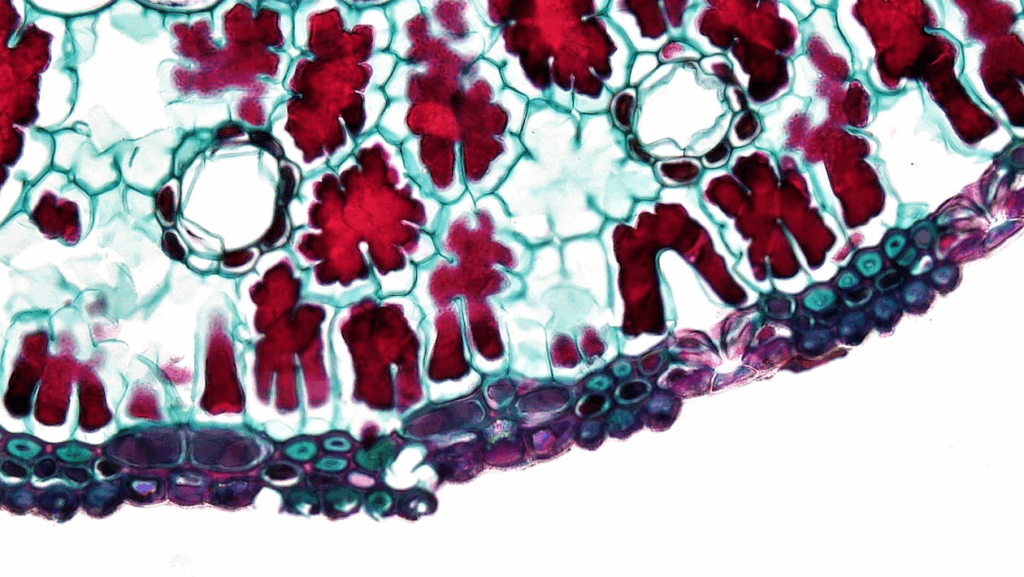
Hematopoietic stem cells, or HSCs for short, are the “parent” cells that make all the parts of our blood. They do this via a process called hematopoiesis. These cells can turn into red blood cells (which carry oxygen), white blood cells (which fight infections), and platelets (which help blood clot). Most HSCs live in the bone marrow. But now, scientists have found that some also live in the lungs. These lung HSCs can make blood just like the ones in bone marrow.
Lung’s role in blood formation
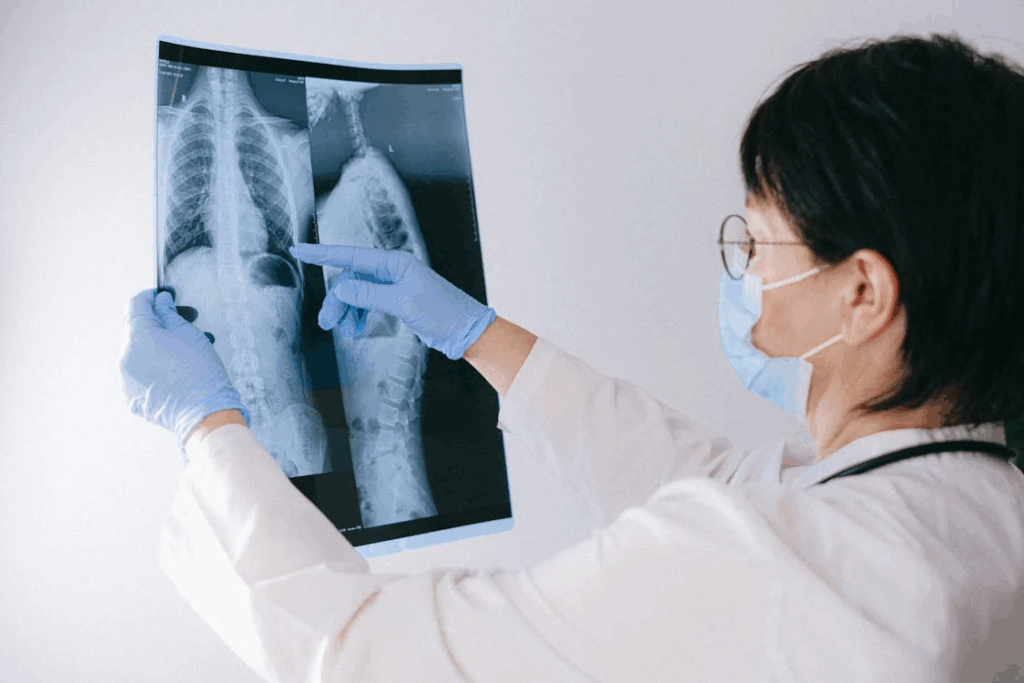
In 2017, scientists at the University of California, San Francisco (UCSF) made an astonishing discovery on the lungs’ function in blood production. In mice trials, the researchers discovered the same amount of HSCs in the lungs as they did in bone marrow. Researchers suggest that the lungs are also responsible for blood production as our bone marrow is.
In fact, about half of the platelets in mice, tiny cells that help stop bleeding, were made in the lungs. This has miraculously translated into human trials. Researchers found that human lungs have special blood-making stem cells, just like bone marrow does.
Read More: Could Stem Cells from Menstrual Blood Help Treat Diseases Like Alzheimer’s?
How Scientists Found Blood-Making Cells in the Lungs
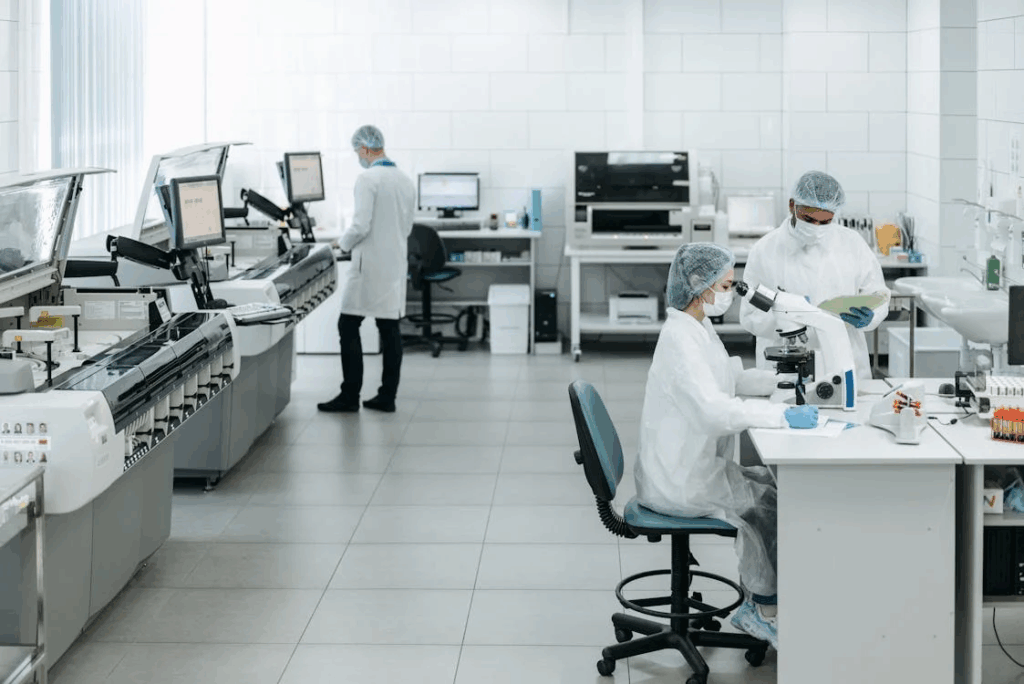
To find out if human lungs really make blood, scientists studied samples of lung tissue from people. They looked for HSCs in the lungs and compared them to HSCs from bone marrow. They found that the lungs had about the same number of HSCs as the bone marrow.
The scientists also did experiments in the lab. They took HSCs from both the lungs and bone marrow and grew them in petri dishes. Both kinds of HSCs made new blood cells, but the lung HSCs made more red blood cells and platelets. The bone marrow HSCs made more immune cells.
Why Do Our Lungs Make Blood?
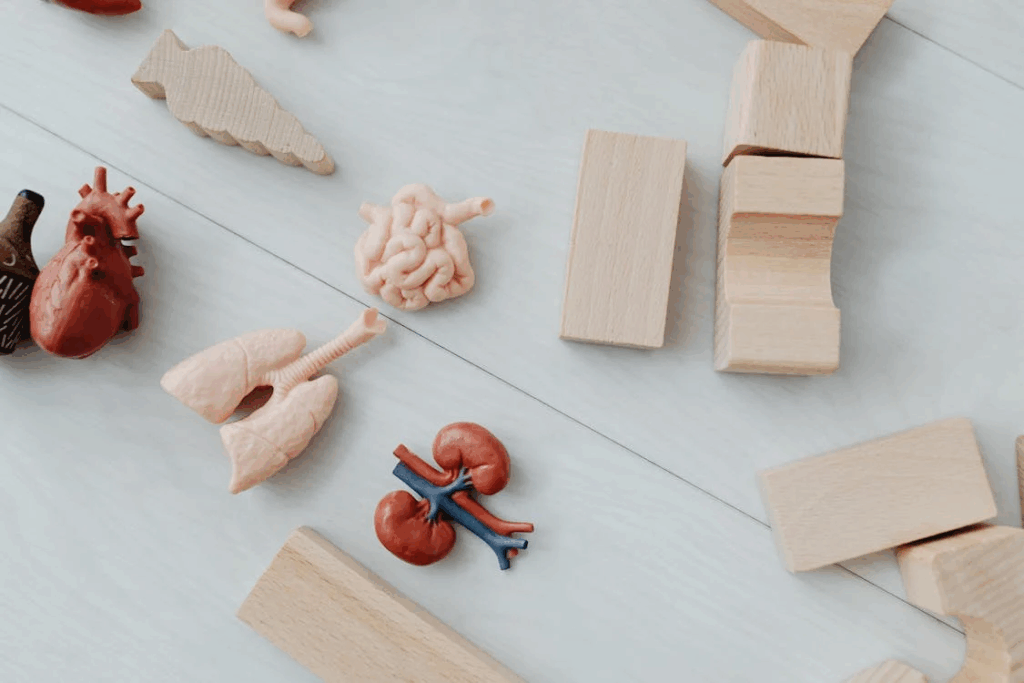
More research still needs to be conducted before scientists can determine exactly why our lungs make blood, but they have some sound theories. The lungs are full of tiny blood vessels and are always in contact with blood. This makes them a great place to make extra blood cells if the body needs them.
For example, if you lose a lot of blood or need more oxygen, the lungs can help make more red blood cells and platelets quickly. Dr. Mark Looney, a lead researcher at UCSF, says the lungs might work as a “backup system” for blood production. If the bone marrow can’t make enough blood, the lungs can step in to ease the load.
What This Means for Medicine and the Future

This discovery could innovate and change the way doctors approach treatment of certain blood diseases. For example, bone marrow transplants are used to help people with leukemia and other blood problems. Now, doctors might be able to use stem cells from the lungs for transplants. This could help more people get the treatment they need.
More Questions to Answer

There is still more research that needs to be done on the lungs’ role in blood formation. Scientists are trying to figure out if lung HSCs and bone marrow HSCs have different jobs. They also want to find out why the lungs have these cells in the first place. Future research may help doctors use lung stem cells to treat more diseases.
A Surprising Blood Factory
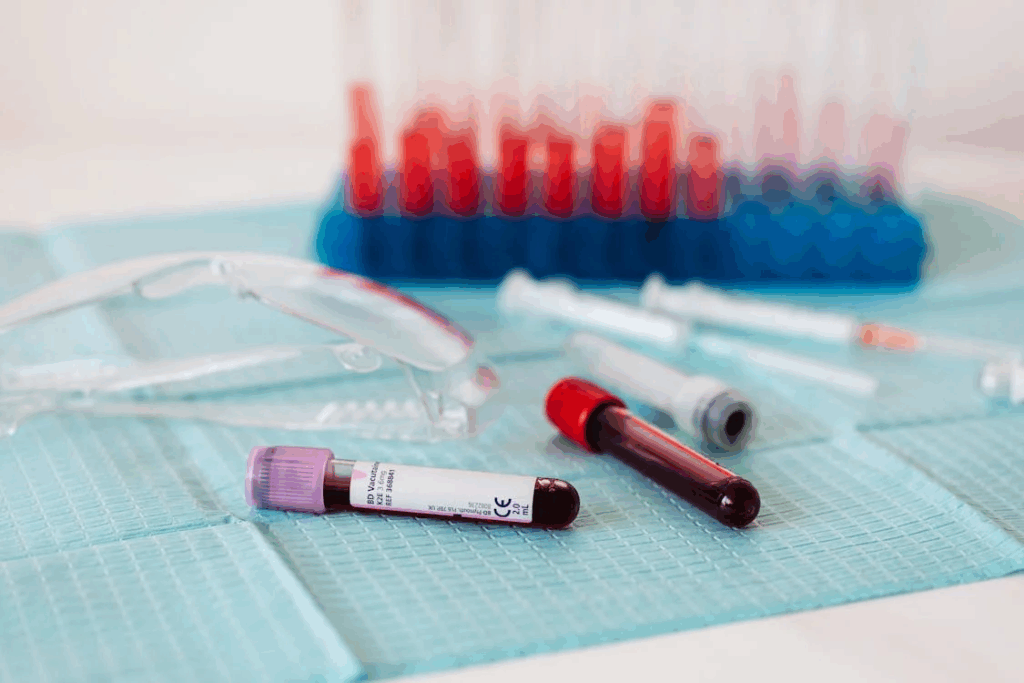
For many years, we believed that blood production happened only in the bone marrow. Beyond giving us the power to breathe, our lungs are also responsible for blood production in the body. This new discovery could shift the way doctors treat blood conditions, like leukemia. As scientists continue to explore this surprising role of the lungs, we can look forward to better ways to heal and protect our bodies.
Read More: Cancer Researchers Discover New Method For Rapid Liver Regeneration
